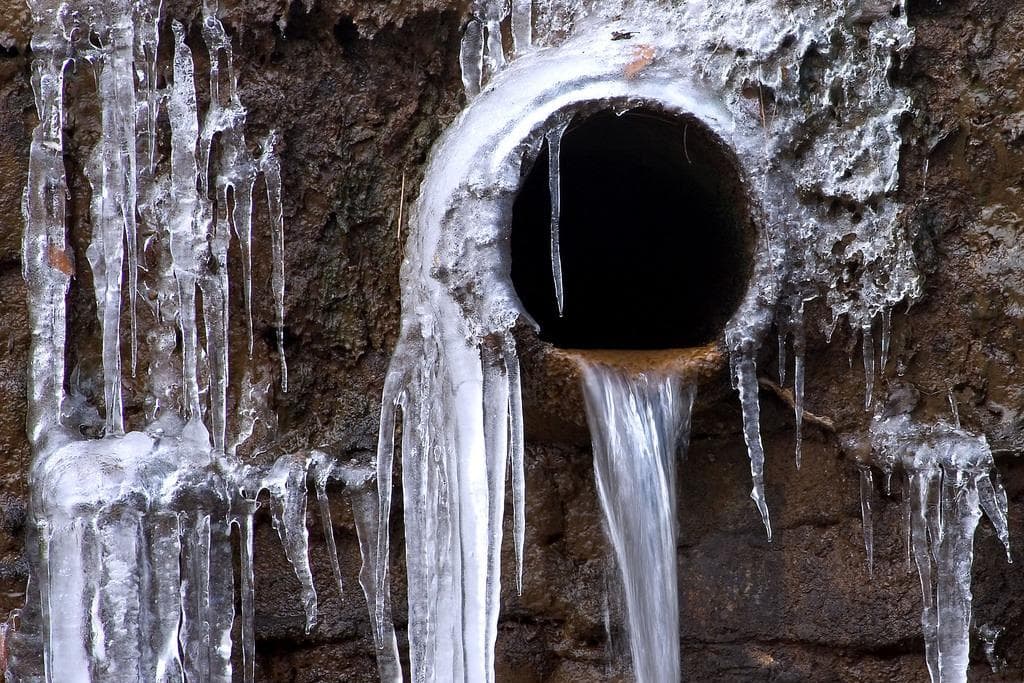Important Tips to Prevent Frozen Plumbing in Winter: Expert Insights
Important Tips to Prevent Frozen Plumbing in Winter: Expert Insights
Blog Article
What're your thoughts with regards to Preventing and dealing with frozen pipes?

Winter can damage your pipes, especially by freezing pipes. Right here's just how to avoid it from occurring and what to do if it does.
Intro
As temperatures decrease, the threat of icy pipelines rises, possibly causing costly repair services and water damage. Comprehending exactly how to avoid frozen pipes is crucial for homeowners in cool environments.
Comprehending Icy Pipelines
What triggers pipes to freeze?
Pipelines freeze when revealed to temperature levels below 32 ° F (0 ° C) for expanded periods. As water inside the pipelines freezes, it expands, taxing the pipeline wall surfaces and potentially triggering them to break.
Dangers and damages
Frozen pipelines can result in water interruptions, property damage, and expensive fixings. Burst pipelines can flooding homes and create extensive structural damage.
Indications of Frozen Pipes
Identifying frozen pipes early can prevent them from bursting.
Exactly how to identify icy pipelines
Try to find reduced water flow from faucets, uncommon smells or sounds from pipelines, and noticeable frost on exposed pipelines.
Avoidance Tips
Protecting vulnerable pipelines
Wrap pipelines in insulation sleeves or make use of warmth tape to shield them from freezing temperature levels. Concentrate on pipes in unheated or outside locations of the home.
Heating strategies
Maintain indoor areas appropriately warmed, especially locations with plumbing. Open cupboard doors to enable cozy air to distribute around pipelines under sinks.
Securing Outside Pipes
Garden tubes and outdoor faucets
Separate and drain pipes garden tubes prior to winter months. Set up frost-proof faucets or cover outside taps with protected caps.
What to Do If Your Pipes Freeze
Immediate activities to take
If you think icy pipes, keep taps open up to ease stress as the ice melts. Utilize a hairdryer or towels taken in warm water to thaw pipes slowly.
Long-Term Solutions
Architectural changes
Take into consideration rerouting pipelines far from exterior wall surfaces or unheated locations. Add added insulation to attics, basements, and crawl spaces.
Updating insulation
Invest in premium insulation for pipelines, attic rooms, and walls. Correct insulation assists preserve regular temperature levels and decreases the threat of frozen pipes.
Conclusion
Protecting against icy pipelines calls for positive procedures and quick reactions. By recognizing the causes, indicators, and safety nets, property owners can shield their plumbing throughout winter.
6 Proven Ways to Prevent Frozen Pipes and Protect Your Home
Disconnect and Drain Garden Hoses
Before winter arrives, start by disconnecting your garden hoses and draining any remaining water. Close the shut-off valves that supply outdoor hose bibs and leave the outdoor faucet open to allow any residual water to drain. For extra protection, consider using faucet covers throughout the colder months. It’s also important to drain water from any sprinkler supply lines following the manufacturer’s directions.
Insulate Exposed Pipes
Insulating your pipes is an effective way to prevent freezing. Pipe insulation is readily available at home improvement stores and is relatively inexpensive. Pay close attention to pipes in unheated areas such as the attic, basement, crawl spaces, or garage. Apply foam insulation generously to create a buffer against the cold. You can also wrap your pipes in heat tape or thermostat-controlled heat cables for added warmth.
Seal Air Leaks
Inspect your home for any cracks or openings that could let in cold air. Seal any holes around the piping in interior or exterior walls, as well as the sill plates where your home rests on its foundation. Additionally, make sure to keep your garage door closed unless you’re entering or exiting. Leaving it open creates a significant air leak that can lead to frozen pipes.
Allow Warm Air Circulation
During cold snaps, it’s essential to allow warm air to circulate evenly throughout your home. Leave interior doors ajar to promote better airflow. Open kitchen and bathroom cabinets to help distribute heat consistently around the rooms. If you have small children or pets, be sure to remove any household chemicals or potentially harmful cleaners from open cabinets for safety.
Let Faucets Drip
A small trickle of water can make a big difference in preventing ice formation inside your pipes. When temperatures drop significantly, start a drip of water from all faucets served by exposed pipes. This continuous flow helps prevent the water from freezing. Additionally, running a few faucets slightly can relieve pressure inside the pipes, reducing the chances of a rupture if the water inside does freeze.
https://choateshvac.com/6-proven-ways-to-prevent-frozen-pipes-and-protect-your-home/

I am just very excited about Winter Plumbing Precautions: Preventing Frozen Pipes and I really hope you enjoyed reading my entry. Are you aware of somebody who is excited about the subject? Do not hesitate to promote it. Thank-you for going through it.
Get Your Estimate Now Report this page